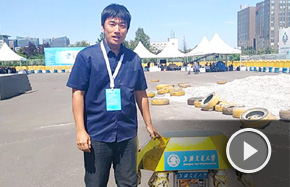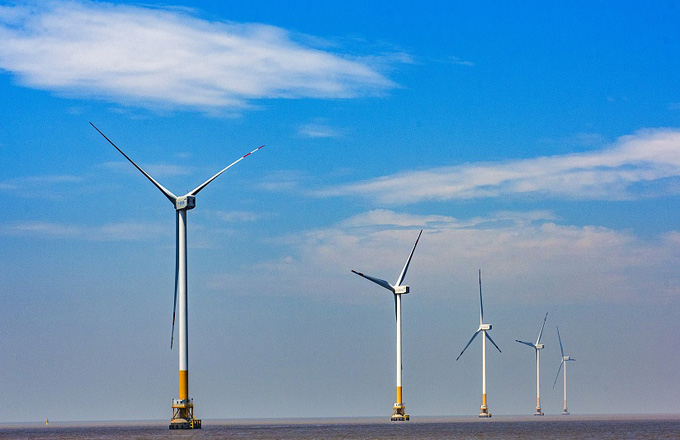Merger set to generate new power giant
Deal could be first among handful to trim overcapacity, number of SOEs
China's major power generator China Guodian Corporation and coal producer Shenhua Group proposed a merger of their coal power assets, setting up a joint venture company worth 54.4 billion yuan ($8.24 billion), the tie-up of which is believed to create world's largest utility provider by capacity. So far, the cabinet has approved the plan.
Guodian will have the controlling stake and invest 29.1 billion yuan of thermal power assets in the joint venture while Shenhua will invest 25.3 billion yuan of thermal power assets into the new company, both sides said in separate filings.
The merger is believed to be the first of a handful of mergers in China's power industry, as the Chinese government is trying to cut industrial overcapacity and trim the number of State-owned enterprises.
Li Jin, chief researcher with the China Enterprise Research Institute, said the Shenhua-Guodian tie-up is a typical merger of the upstream and downstream sectors, providing a model for the whole thermal power industry.
"Some SOEs in the energy and power sectors and heavy industry currently see much overcapacity," he said.
"Future mergers in thermal and nuclear power, which are weighing their options, could also resort to the upstream-downstream merger, to create more global powerhouses and avoid restructuring redundant industries."
The State-owned Assets Supervision and Administration Commission on Monday announced the merger between China's largest coal miner Shenhua Group and energy producer China Guodian Corp.
The merger, which has sorted out key issues such as power production and post-merger operations during previous discussion, will likely create an energy behemoth with combined assets estimated to be in the range of 1.73 trillion yuan to more than 1.8 trillion yuan.
Li said mergers and restricting are believed to continue taking center stage and accelerating in SOE reforms.
Xiao Yaqing, chairman of the State-owned Assets Supervision and Administration Commission, said earlier this year that the government needs to speed up reform in the coal power generation, heavy equipment manufacturing and steel sectors.
Experts expect SOE mergers to happen in the heavy equipment manufacturing sector after mergers have taken place in the coal power and steel industries.
Zhang Jinxin, head of the Center for China Mergers & Acquisitions Research under Beijing Jiaotong University, said SOEs in heavy industry require structural reform, which will fend off repeated construction, building redundant projects and cut-throat competition.
Companies that might get involved in the next round of mergers might include China First Heavy Industries, Harbin Electric Corporation and Dongfang Electric Corporation, he said.
The announcement concludes months of speculation about the merger, which was first reported in June.



















